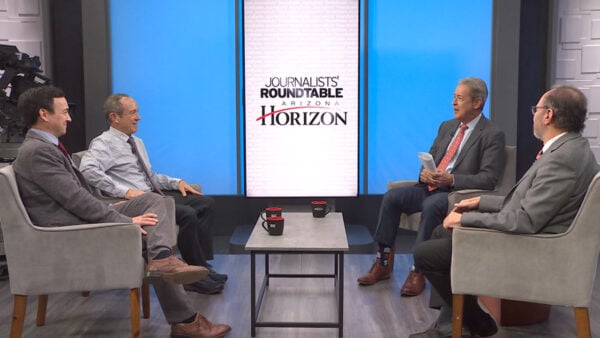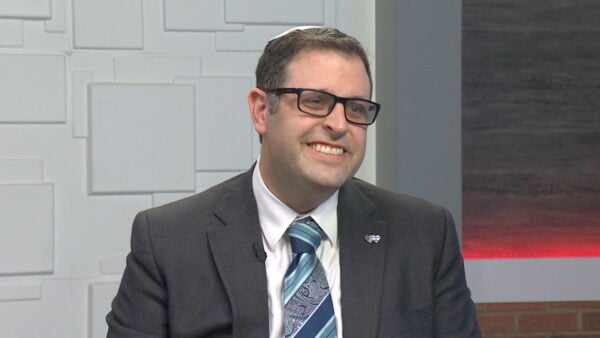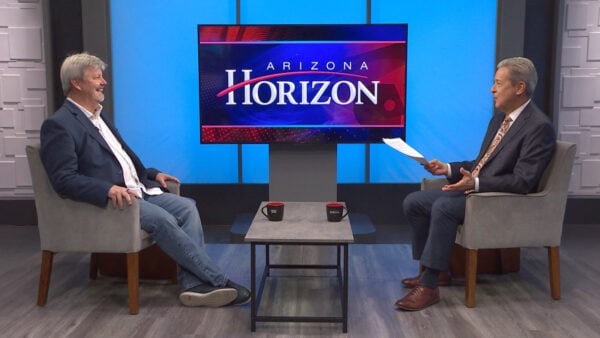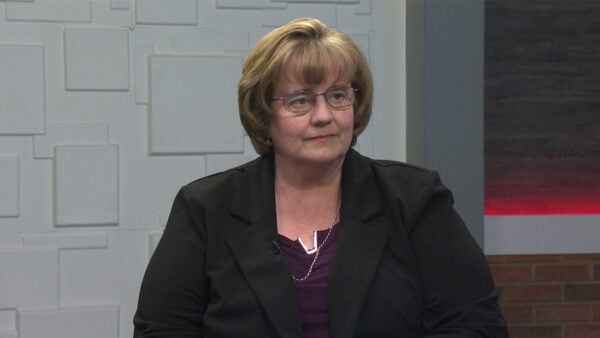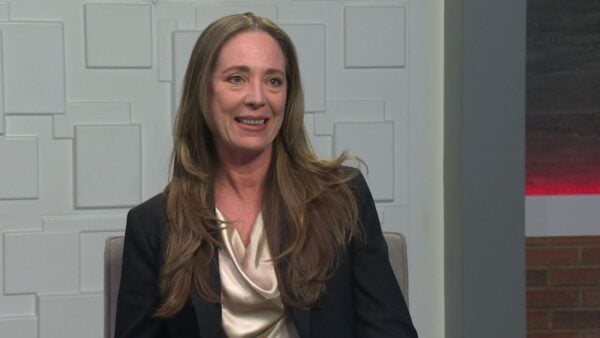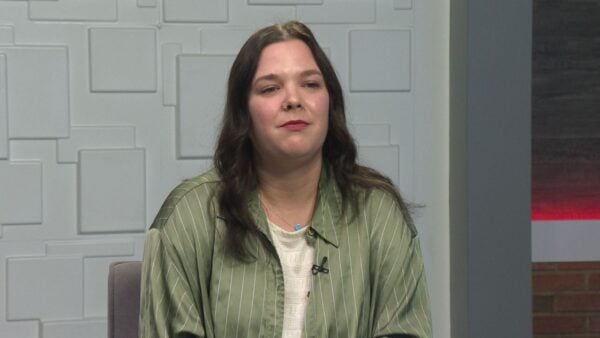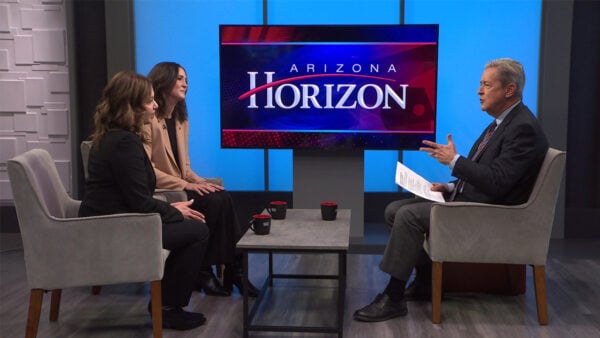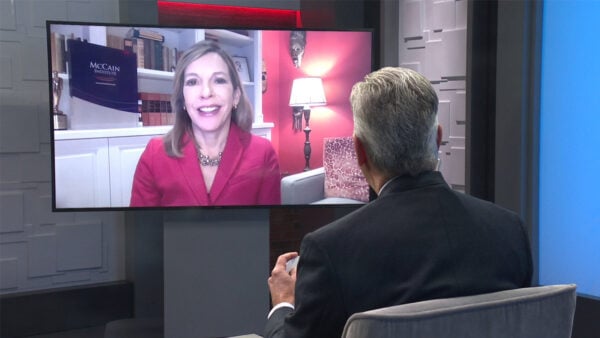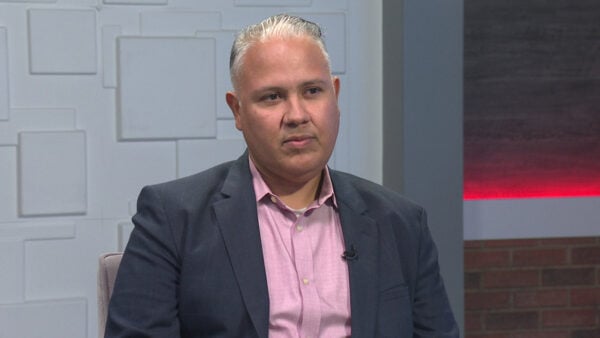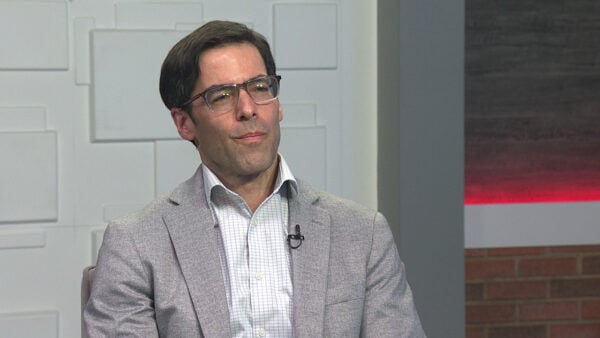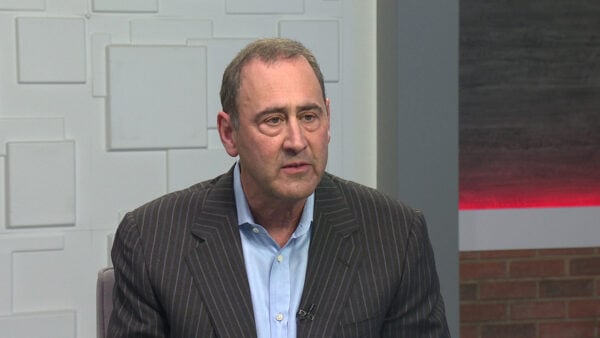It’s been 60 years since the United States Supreme Court ruled in Brown vs. Board of Education that school segregation was unconstitutional. However, de facto segregation continues. Arizona State University associate education professor Jeanne Powers will discuss her research into the clustering of races in Arizona schools.
Ted Simons: It's been years since the U.S. Supreme Court ruled that school segregation was unconstitutional. But de facto segregation continues, including here in Arizona. That's according to ASU associate education professor Jeanne Powers: , who is here to discuss her research into the clustering of races in Arizona schools. Good to have you here. Thanks for joining us.
Jeanne Powers: Thanks, Ted, for having me.
Ted Simons: What exactly did your research focus on?
Jeanne Powers: What I wanted to do is really look at what's going on in Arizona's public schools, and I think the the 60th anniversary of Brown V Board of Education is a good opportunity for us to really understand what are the patterns, contemporary patterns of segregation in public schools, because segregation has persisted, despite the Supreme Court's decision.
Ted Simons: And we're talking when we say de facto segregation, we mean what?
Jeanne Powers: De facto segregation is segregation that's not mandated by law, and so really the Supreme Court's decision in brown struck down segregation by law. And we had segregation by law in Arizona, state law required the segregation of African-American students until approximately the time of Brown V Board. There were some court decisions that struck it down, actually 12 days before the Brown V Board decision. But in addition to that, I think what's really important for viewers to know is that Latino students were also quite segregated. And this was a form of de facto segregation because it wasn't required by state law.
Ted Simons: So with that in mind, let's go to 1954, let's go pre-1954, what did we see in Arizona regarding segregation, de facto or otherwise, what are we seeing now?
Jeanne Powers: Well, many districts in the around in the 20's, many districts set up separate Mexican schools, and required Mexican-American students to attend those schools. This happened all over the state, and also throughout the southwest. And so Mexican-American parents challenged this segregation and we have a court case in Arizona that was decided three years before the Brown V Board of Education that was actually relatively speaking it was really kind of the most clear and unequivocal court statement against segregation. And that was three years before brown V board of education in 1951.
Ted Simons: So that's 1951, and again, we got up to 1954, let's move to 2014. What are we seeing out there and why are we seeing it?
Jeanne Powers: Well, what we're seeing is continuing segregation in our public schools. And that has a lot to do with housing segregation. So when housing segregation is associated with school segregation, and so when our residential areas are segregated and our schools are also going to be segregated. But I should probably also back up and let you know that Arizona has really undergone a huge demographic shift in the past 20 years. And so in 1990, which is where I started my research, Arizona's public schools were 64% white. And about 27% Latino. And currently they're 41% white and 42% Latino. So we're one of the few majority-minority states in the country.
Ted Simons: With that in mind, as far as school kids are concerned, is it a surprise that we see more predominantly minority schools?
Jeanne Powers: Well, we've had an up creasing number of Latino students in the state, but those students aren't distributed evenly throughout our schools. So what we have are schools that are increasingly segregated, so that, for example, even though whites are a minority of our public school population, the average white student is more likely to go to school with a majority of white students.
Ted Simons: Indeed. I saw some of your research, whites typically attend 60% white schools, this despite 41% as you mentioned, public school enrollment.
Jeanne Powers: Right. So despite these demographic shifts, kids aren't being evenly distributed across schools. That has a lot to do with housing patterns.
Ted Simons: Education in Arizona, there's a lot of talk about choice, and you can go here, you can go there and do all sorts of things. Is that impacting at all de facto segregation? Because you'd think it might ease it a little bit.
Jeanne Powers: It actually hasn't really eased de facto segregation. So in some of my other research I've looked at school choice, and I didn't address school choice in this report, to be honest. That's something I plan to do later as I dig into the data. But school -- Now, what you have to remember about Arizona is we have had school choice for about 25 years now, and so we're pretty much a state with public school choice policies. In general, what we have now is when students are choosing schools now; it's not really altering the underlying demographics of school.
Ted Simons: Is there -- I don't know if you studied this, but the impact on the quality of education received. Is there anything that suggests, you would think that a clustering of low-income kids at one school might make for problems in terms of education levels, you never know. What do we know about that?
Jeanne Powers: What we know is that predominantly poor minority schools also tend to be under resourced. They have less experience teachers, in general those students have access to less academically challenging curricula, and so it's really important that we think about those things when we think about the patterns of segregation in our schools as well. What are the patterns of resources that are associated with segregated schools?
Ted Simons: Low-income students and rationally isolated schools, American Indians, you report, most segregated kids in Arizona?
Jeanne Powers: They're the most segregated group in Arizona.
Ted Simons: That's because -- I would imagine because of location. Correct?
Jeanne Powers: Yes. I believe it's because most -- A lot of American Indians are attending schools in reservations, so they tend to be the most racially isolated group of students in Arizona.
Ted Simons: When you went into this research, what were you looking to find, and what did you find?
Jeanne Powers: Well, I don't know if I was looking to find, I just wanted to document what's out there, because I think if we want to understand educational policy today this, is something we need to think about. And I think it's really important as we move forward, this is an increasingly multicultural global society, so it's really important that kids be exposed to a wide range of students with a wide range of backgrounds in public schools, and as segregation increases or intensifies, that's not going to happen.
Ted Simons: So what do you want people to take from the report?
Jeanne Powers: What I want people to take from the report is that it's really important I think when we think about educational policy to think about encouraging policies that will encourage desegregation. This might not just involved schools, but it might also involve housing, might involve solutions across school districts, and so that's what we need to think about. Because really, public schools are an important institution and that's one of the things the Supreme Court pointed out in the Brown decision, that schools are the cornerstone of our democracy. So it's important we pay attention to these patterns as we move forward 60 years later. And so I really saw the Brown decision -- The 60-year anniversary of the brown decision as an opportunity to kind of look more carefully at what's going on at schools and try to better understand that.
Ted Simons: That's interesting information. Good to have you here. Thanks for joining us, we appreciate it.
Jeanne Powers: Thank you.
Jeanne Powers:Associate Education Professor, Arizona State University;





